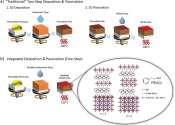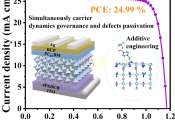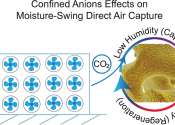Capturing carbon with energy-efficient sodium carbonate−nanocarbon hybrid material
Industrial emissions are one of the main sources of climate change-inducing carbon dioxide (CO2). While adopting renewable and clean energy alternatives is one option for mitigating these carbon emissions, carbon capture ...
Jul 16, 2024
0
4









